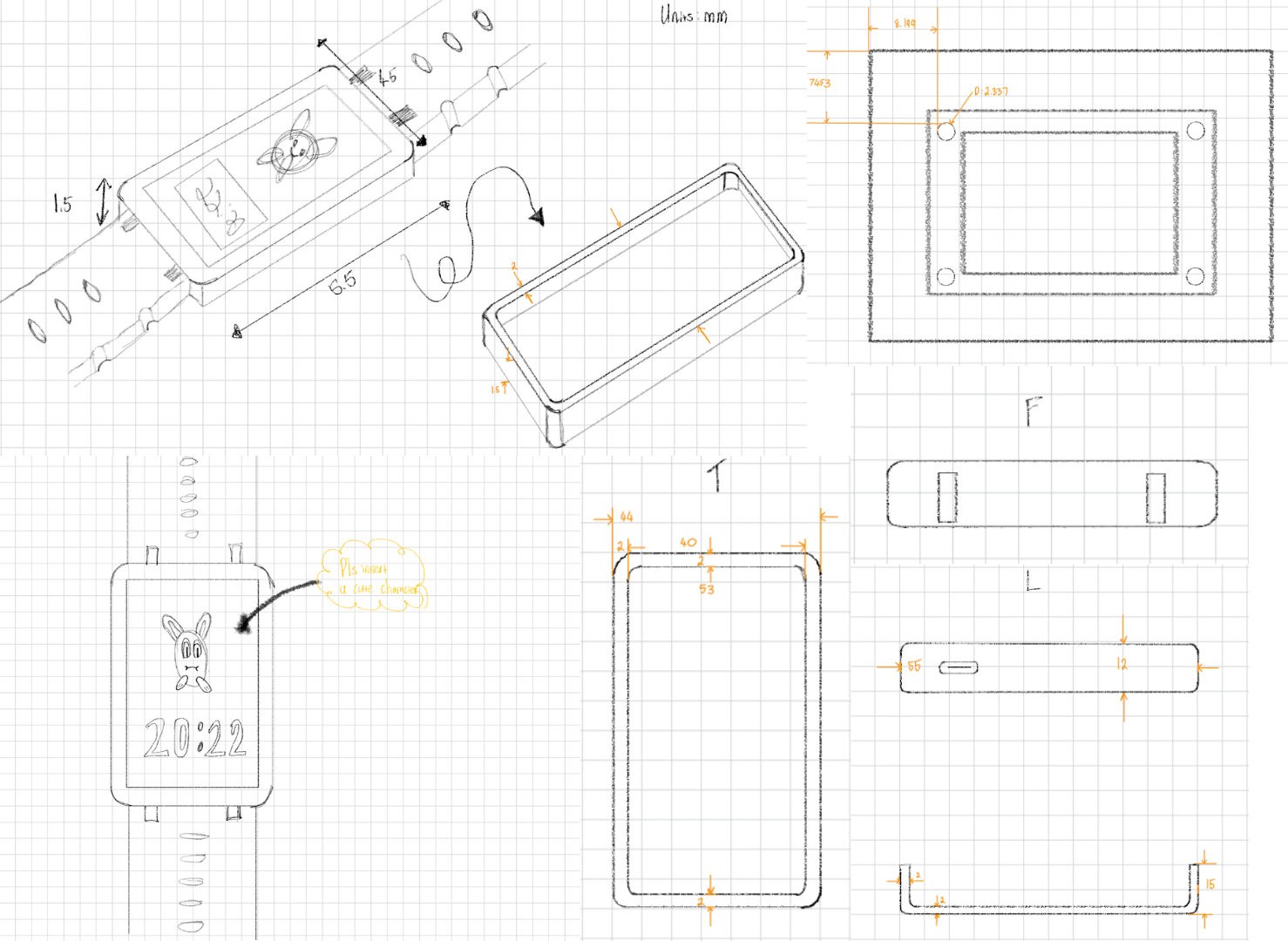Regular ding-dong doorbells are fun and all, but it can be nice to put something a little more special by your front door. To that end, [Arpan Mondal] built this neat little piano doorbell to make visiting his home just a touch more fun.
The heart of the build is an ESP32 microcontroller. It’s responsible for reading the state of five 3D printed piano keys: three white, two black. It’s nowhere near a full octave, but for a doorbell, it’s enough. When a key is pressed, the ESP32 plays a short audio sample embedded within the program code itself. This is done with the help of a PAM8403 audio amplifier module, which jacks up the output to drive the doorbell speaker loud enough to be heard throughout the home. It’s not exactly studio quality audio, but for a doorbell, it sounds pretty solid.
If you’re looking for a fun and easy build to make your home just a little bit more whimsical, it’s hard to beat something like this. Your musical friends will love it—they might even develop an intro riff of their very own. We’ve featured some other fun doorbell builds before, too—the best of which are the Halloween projects.
Continue reading “Piano Doorbell Adds Music To Your Home”







 Peek behind the polished face and you’ll find a mechanical sleight of hand. This isn’t your grandfather’s gear-laden
Peek behind the polished face and you’ll find a mechanical sleight of hand. This isn’t your grandfather’s gear-laden 











